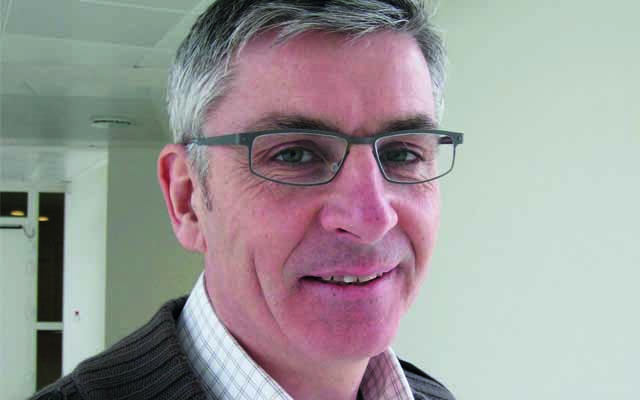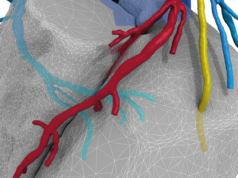
The NOTION trial (Nordic aortic valve intervention) was the first comparison of surgical and transcatheter aortic valve implantation (TAVI) in patients at lower surgical risk in a randomised setting. Data indicate that the six-year rate of bioprosthetic aortic valve failure is similar between the two groups, whereas structural valve deterioration—a component of bioprosthetic valve function—was significantly higher among patients who had a surgical valve.
Presenting the data at EuroPCR (22 May—25 May, Paris, France), Lars Sondergaard (Rigshospitalet, Copehagen, Denmark) said that the aim of NOTION was to compare “TAVI with surgery in lower risk patients aged ≥70 years” and that its primary endpoint was the composite rate of all-cause mortality, stroke or myocardial infarction at one year. According to Sondergaard, previously reported data has already shown that the rate of the primary endpoint was similar between groups at five years.
This present analysis showed that the rate of all-cause mortality was similar through six years and also provided the opportunity to evaluate valve durability. “Analysis of the durability of TAVI is important as the therapy looks to expand to patients with longer life expectancy,” Sondergaard commented. He added that, therefore, a post-hoc analysis of bioprosthetic aortic valve longevity was performed using definitions set out in the 2017 European consensus document on valve durability (published in the European Heart Journal and European Journal of Cardiothoracic Surgery).
The definitions used included both bioprosthetic valve dysfunction (comprising of structural valve deterioration, non-structural valve deterioration, and bioprosthetic valve thrombosis/endocarditis) and bioprosthetic valve failure (valve-related death, aortic valve reintervention, and severe haemodynamic structural valve dysfunction).
There were no significant differences between TAVI patients (139) and surgical valve (135) patients in terms of bioprosthetic valve dysfunction: 56.1% for the TAVI group vs. 66.7% for the surgical group (p=0.07). However, the rate of structural valve dysfunction was significantly higher among patients who had a surgical valve: 23.7% vs. 3.6% for TAVI patients (p<0.001). This result, Sondergaard noted, was driven by the increased rate of moderate haemodynamic structural valve deterioration in the surgical group vs the TAVI group—23.7% vs. 3.6%, respectively (p<0.0001). He told Cardiovascular News: “This may be a consequence of the smaller effective orifice area in surgical valve compared to transcatheter bioprostheses. And since all bioprosthetic valves become smaller over time, the surgical valves are likely to deteriorate first.”
There were no significant differences between groups in the other components of bioprosthetic valve dysfunction; although, paravalvular leak—a measure of non-structural valve dysfunction—was substantially higher among TAVI patients (21.6% vs. 1.5% for surgical patients). Regarding bioprosthetic valve failure, Sondergaard commented that it was “low and similar for self-expanding transcatheter valves and surgical aortic valves”.










